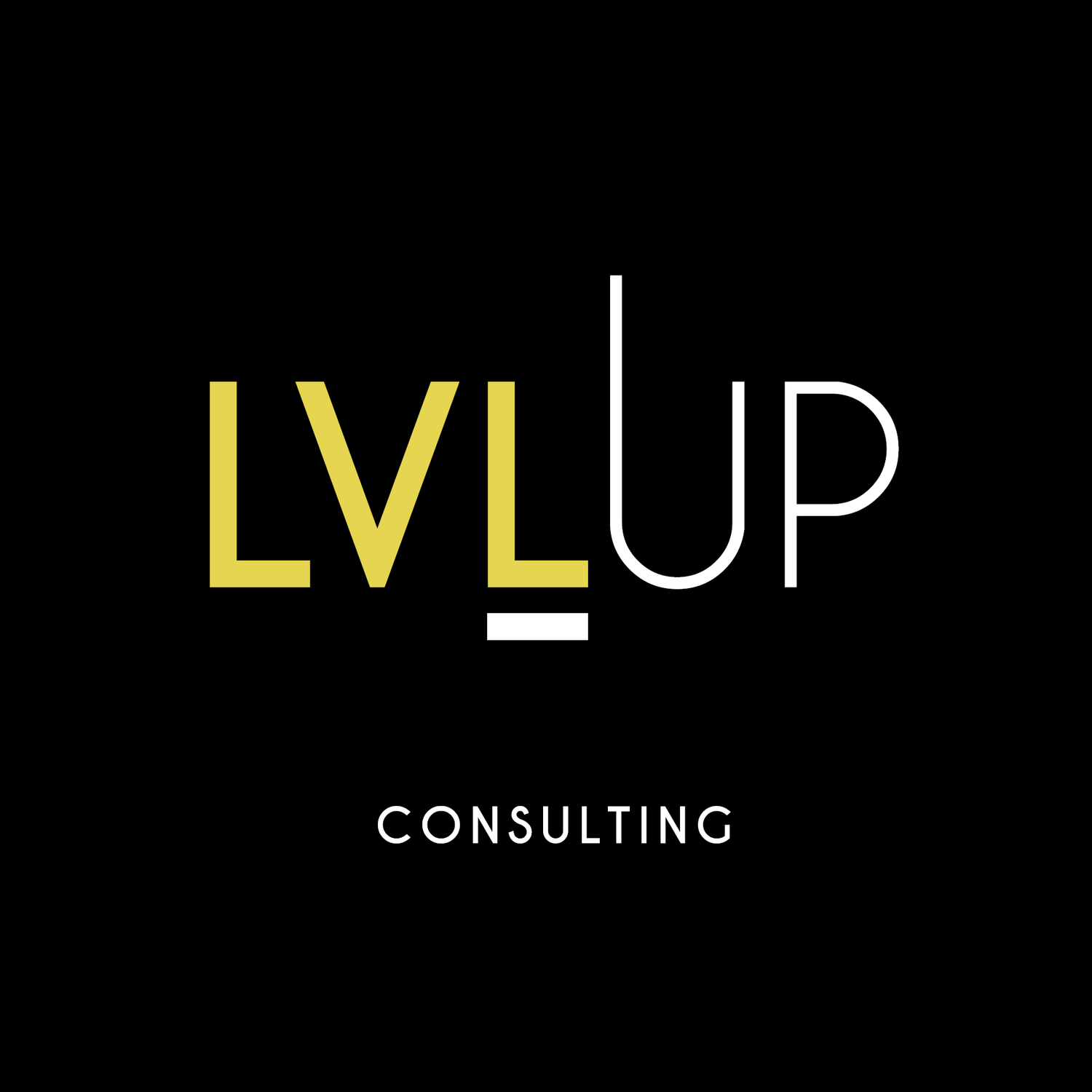Navigating Procurement Management in Project Management
In the world of project management, one of the critical components that often gets overlooked is procurement management. This aspect is especially vital in today's global and interconnected business environment. Whether you're a seasoned project manager or just starting your journey, understanding the intricacies of procurement management can be a game-changer. So, let's dive into the world of procurement management and its significance in project success.
The Core of Procurement Management
At its core, procurement management revolves around acquiring goods, services, or resources from external sources to ensure the successful execution of a project. These external sources can be suppliers, vendors, contractors, or anyone who provides the necessary elements to bring a project to fruition. Procurement management involves a systematic approach to selecting, acquiring, and managing these external resources, all while adhering to the project's specific goals and objectives.
Why Procurement Management Matters
Resource Efficiency: Effective procurement management ensures that you obtain the right resources at the right time and cost. This efficiency minimises resource wastage and optimises project performance.
Risk Mitigation: Procurement management helps identify potential risks, whether they be related to the quality of resources, delivery schedules, or supplier performance. By managing these risks proactively, you can avoid costly project setbacks.
Budget Control: Managing procurement processes ensures better control over project budgets. It enables project managers to make informed decisions about expenses and avoid cost overruns.
Quality Assurance: Procurement management extends to evaluating and ensuring the quality of the acquired resources. This focus on quality leads to higher project deliverable standards.
The Procurement Management Process
Needs Assessment: The process starts with a clear understanding of the project's resource requirements. Project managers must identify what needs to be procured to achieve project objectives.
Supplier Selection: Once the needs are identified, the next step is to choose the right suppliers or vendors. Criteria for selection often include price, quality, reliability, and the supplier's reputation.
Negotiation and Contracts: Negotiating the terms and conditions of procurement contracts is a crucial phase. This includes defining the scope, responsibilities, deadlines, and cost.
Resource Acquisition: After contracts are agreed upon, project managers proceed to acquire the resources, whether they be physical goods, services, or human resources.
Supplier Performance Monitoring: Ongoing monitoring is essential to ensure that suppliers meet their commitments. Any issues or discrepancies are addressed promptly.
Closure and Documentation: The final step involves closing out procurement contracts and documenting the procurement process's outcomes. This documentation is essential for project review and lessons learned.
Conclusion
Procurement management is the backbone of project success. It ensures that the right resources are acquired efficiently, mitigates risks, controls budgets, and maintains quality standards. As project managers, embracing procurement management as an integral part of our skill set is key to navigating the complex world of project delivery. So, let's take a moment to appreciate the art of procurement management and its invaluable role in our project management journey.
